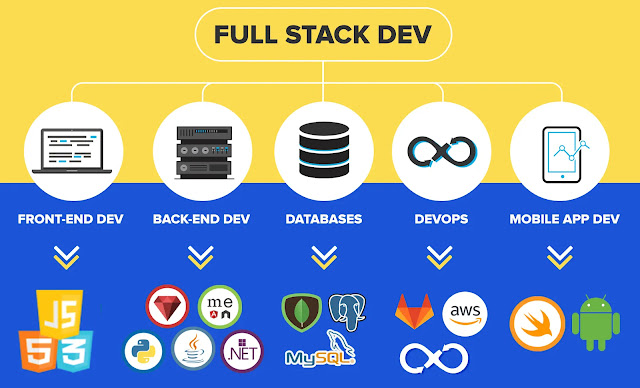Full-Stack Web Development — the Complete Roadmap

Introduction In today's digital age, web development has become an integral part of our lives. Full-stack web development, in particular, has gained immense popularity due to its ability to handle both the front-end and back-end aspects of web applications. In this article, we will explore the complete roadmap of full-stack web development, including its importance, essential skills, learning path, tools, and career opportunities. Importance and Benefits of Full-Stack Web Development Full-stack web development offers numerous benefits. Firstly, it allows developers to have a holistic understanding of the entire web development process, from designing user interfaces to managing databases. This comprehensive knowledge enables developers to build efficient and scalable web applications. Additionally, full-stack developers have the versatility to work on both client-side and server-side components, making them valuable assets for companies looking to streamline their development proce

